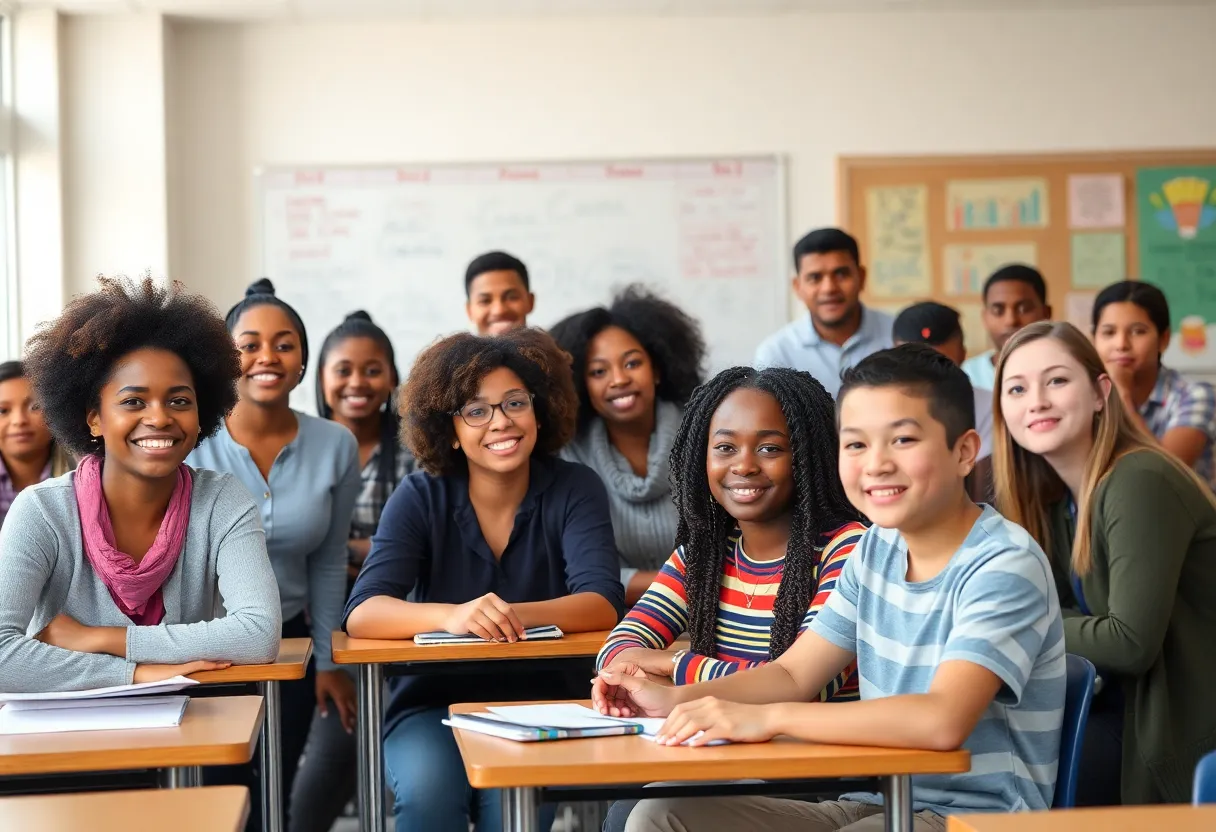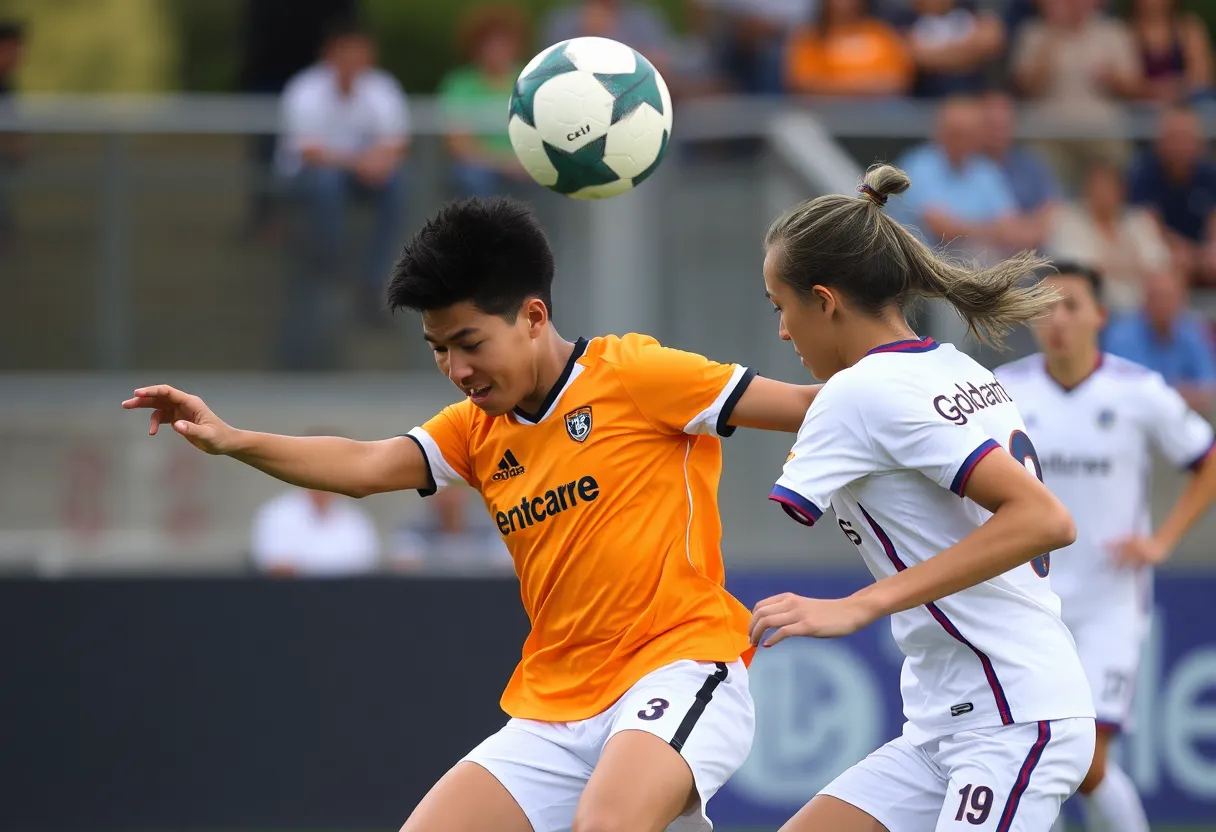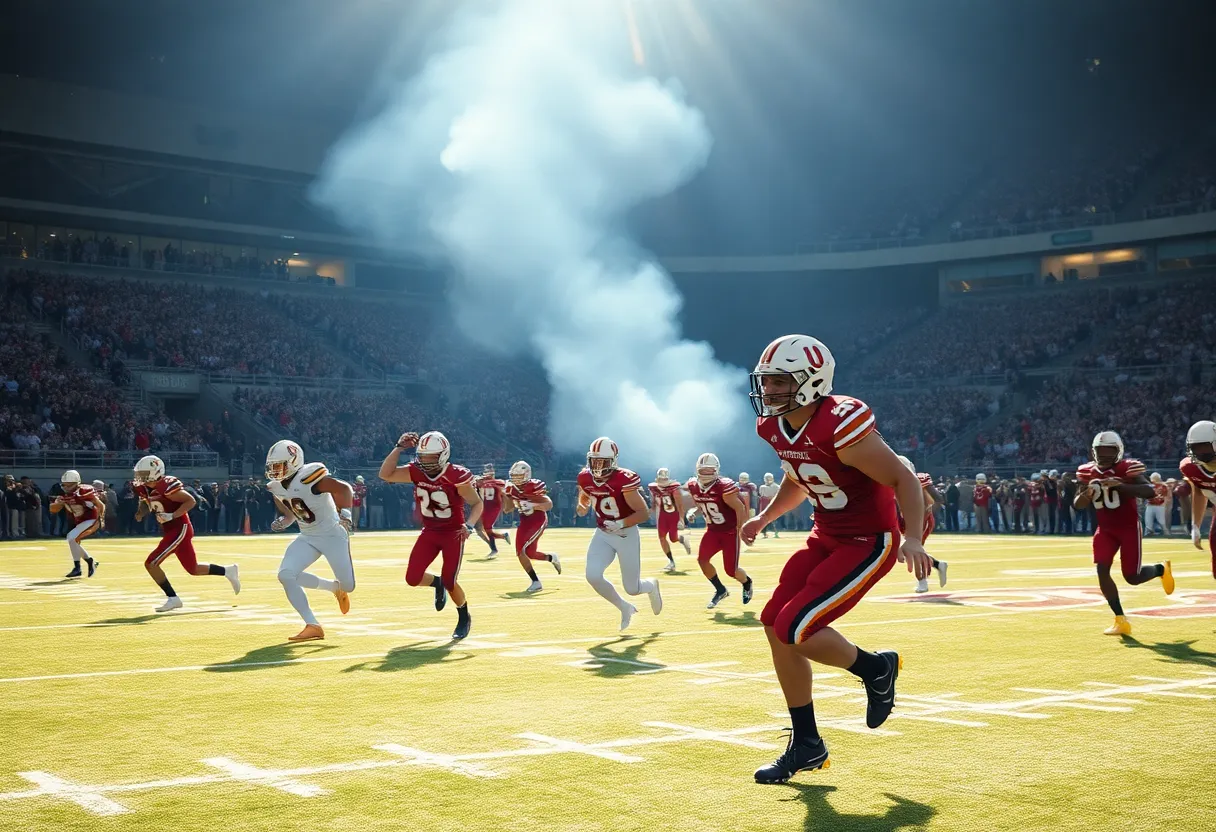Buffalo, NY, October 13, 2025
Buffalo Public Schools are facing criticism due to its lack of diversity among teachers, where over 80% of the staff are white, despite a predominantly non-white student body. District leaders are responding with new recruitment strategies, including partnerships with Historically Black Colleges and Universities to enhance diversity. Community advocates are pressing for quicker action, emphasizing that a representative teaching staff is crucial for student success and engagement. The district aims to create an inclusive hiring environment and improve cultural competency among existing teachers.
Buffalo, NY: Public Schools Face Ongoing Challenges in Teacher Diversity
Buffalo, NY – October 13, 2025 – Buffalo Public Schools are under increasing scrutiny for their teacher demographics, with more than 80% of the district’s staff remaining white, even as the student population reflects a much more diverse community. District leaders have outlined new strategies to address this gap, including enhanced recruitment efforts and collaborations with Historically Black Colleges and Universities (HBCUs). Parents and community advocates are calling for quicker action to ensure educators better represent the city’s varied population, raising concerns about equity in education.
The district’s latest data highlights a significant mismatch between its teaching workforce and the students it serves. While over 80% of teachers identify as white, the student body is predominantly non-white, with substantial numbers of Black, Hispanic, and Asian students. This disparity has long been a point of contention, as it impacts the cultural relevance of classroom experiences and student outcomes. In response, officials have committed to targeted initiatives aimed at broadening the applicant pool and fostering an inclusive hiring environment.
### Recruitment Strategies and Partnerships
Key components of the district’s plan involve developing partnerships with HBCUs and other institutions known for producing diverse educators. These collaborations will focus on recruitment pipelines, offering incentives like loan forgiveness programs and professional development opportunities tailored to underrepresented candidates. Additionally, the district plans to expand outreach through job fairs, mentorship programs, and advertising campaigns that emphasize Buffalo’s commitment to cultural diversity.
Training for current staff on cultural competency and bias in hiring processes is also part of the overhaul. The goal is to create a more welcoming atmosphere that retains minority educators once they are hired. Early steps include revising job descriptions to highlight inclusive values and conducting audits of the hiring pipeline to identify and eliminate barriers.
### Community Demands for Progress
Parents and advocates have expressed frustration over the slow pace of change, emphasizing that representation matters for student engagement and academic success. They argue that a teaching staff that mirrors the community’s demographics can provide role models and reduce achievement gaps. Community forums have amplified these voices, pushing for measurable milestones and transparency in reporting diversity metrics annually.
The push comes at a time when national conversations on educational equity are gaining momentum. In Buffalo, local groups have organized discussions to highlight how teacher diversity influences school climate and student aspirations. Advocates stress that without urgent reforms, the district risks perpetuating inequities that affect generations of learners.
Background on the Issue
Buffalo Public Schools serve a student population of approximately 30,000, spread across more than 50 schools. The city’s demographics have shifted significantly over the past few decades, with non-white residents now comprising the majority. Despite this, efforts to diversify the teaching staff have seen only incremental progress. Previous initiatives, such as targeted hiring drives, have increased minority representation slightly, but the overall figure remains above 80% for white teachers.
The district operates in a region with a competitive job market for educators, compounded by factors like salary levels and urban challenges. Buffalo’s schools face broader issues, including funding constraints and enrollment fluctuations, which intersect with diversity goals. Leaders acknowledge that systemic changes are essential, drawing lessons from other urban districts that have successfully diversified through sustained policy shifts.
Implementing these new strategies will require collaboration between school administrators, teacher unions, and community stakeholders. The district has set an initial target to boost minority hires by a specific percentage in the coming years, with progress tracked through public reports. This approach aims to build trust and demonstrate accountability.
As Buffalo navigates these reforms, the focus remains on creating an educational environment where every student sees themselves reflected in their teachers. The coming months will reveal how effectively these pledges translate into action, potentially setting a precedent for other districts grappling with similar challenges.
FAQ
What percentage of teachers in Buffalo Public Schools are white?
More than 80% of the district’s staff are white.
How does the student body demographics compare to the teaching staff?
The student body is predominantly non-white, with substantial numbers of Black, Hispanic, and Asian students, contrasting with the over 80% white teaching staff.
What new strategies are district leaders pledging?
District leaders are pledging new recruitment strategies and partnerships with HBCUs to increase representation.
What are parents and advocates demanding?
Parents and advocates demand faster progress to better reflect and serve the community’s diverse population.
Key Features of Buffalo Public Schools Teacher Diversity
| Aspect | Description |
|---|---|
| Current Teacher Demographics | Over 80% white, despite diverse student body |
| Student Body Composition | Predominantly non-white, including substantial Black, Hispanic, and Asian students |
| New Recruitment Strategies | Enhanced efforts and partnerships with HBCUs to increase representation |
| Community Demands | Faster progress to reflect and serve the diverse population |
| District Commitments | Targeted initiatives for inclusive hiring and cultural competency training |
Deeper Dive: News & Info About This Topic
HERE Resources
Students Strengthen Ties to Native American Heritage Through New School Program
UB CoLab Receives Award for Student Leadership in Albany
Six Arrested in Buffalo Sting Operation Targeting Online Child Exploitation
Cornell University Ranked as Top College in New York for 2025
Shoreline Restoration Completed at Ellicott Island Bark Park
Scajaquada Creek Corridor Designated as National Heritage Area




